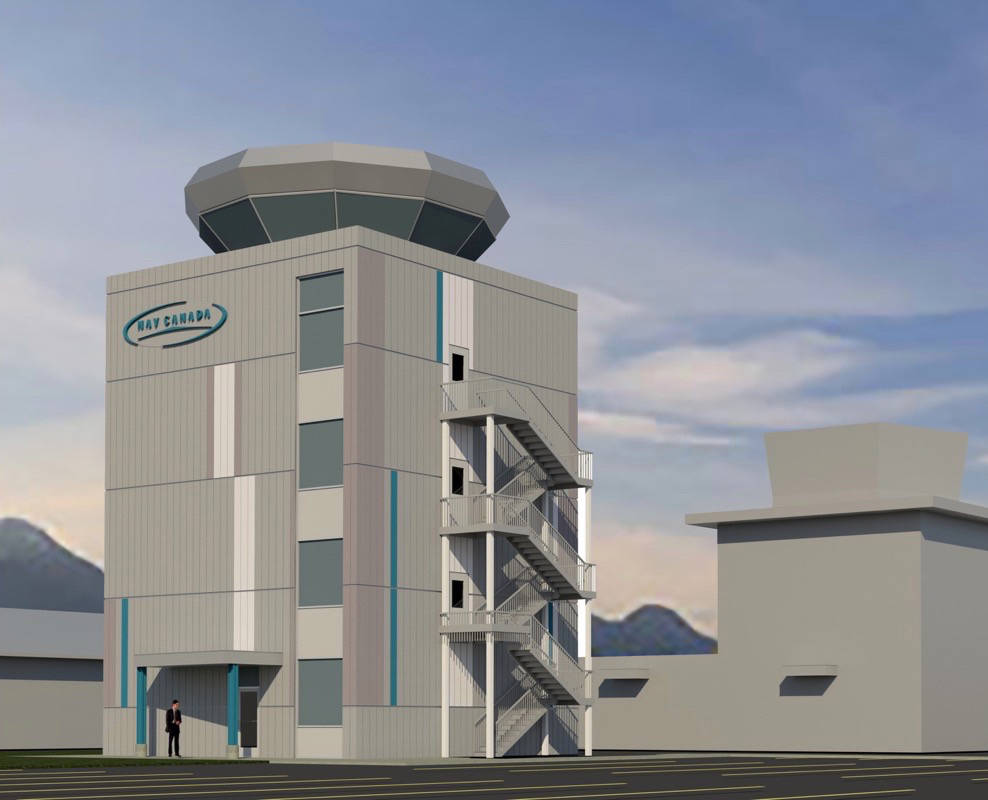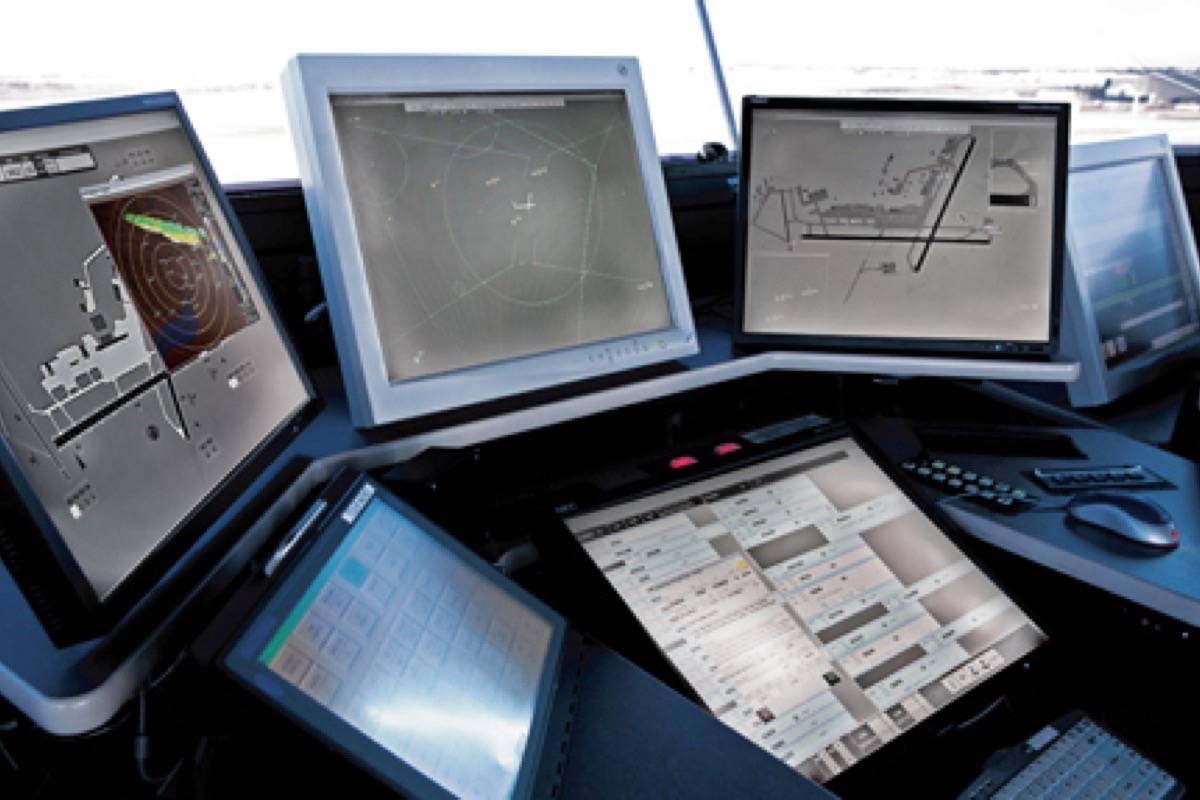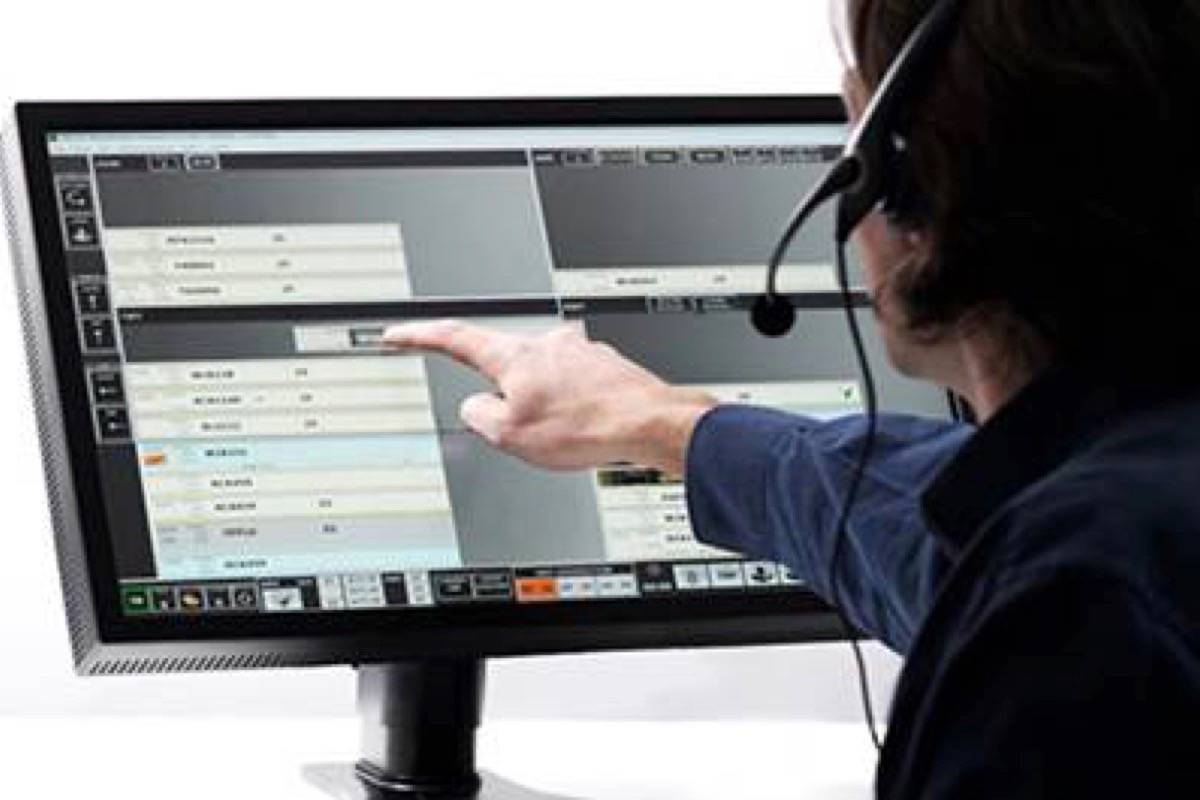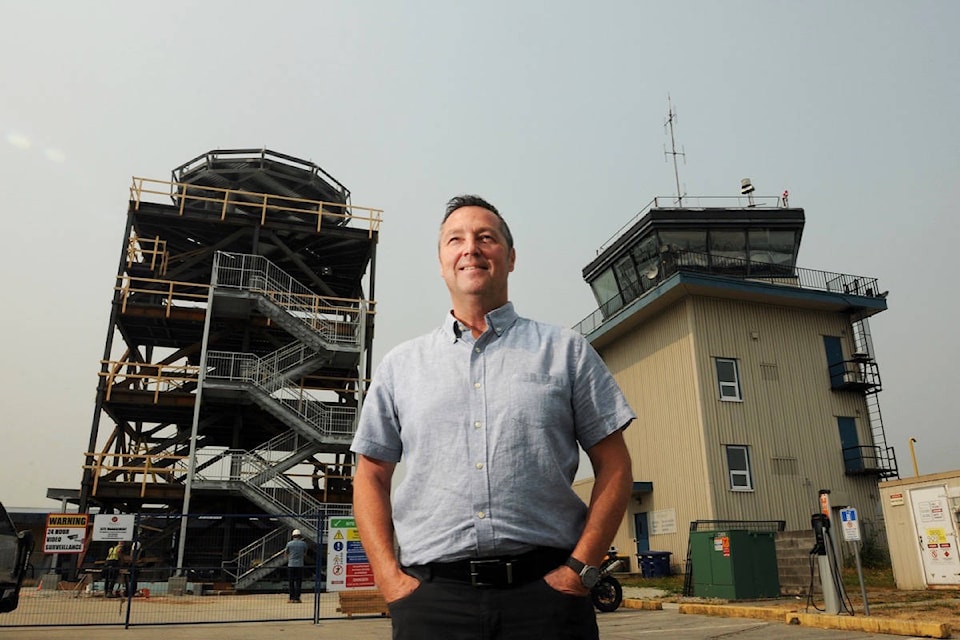Construction is underway on a new control tower at the Pitt Meadows Regional Airport.
The new tower will replace the current one, built in 1968, which is at the end of its life expectancy, and will be located just metres south of that.
NAV CANADA is in charge of the project, which is part of the $170-million infrastructure investment plan for 2017.
“We have limited involvement,” explained Pitt airport general manager and CAO Elvio Pecchia.
“It’s not like the runway expansion [project]. We, as the airport, had 100 per cent control over it and our project managers drove the project,” Pecchia said of the work that included the addition of new cabling and runway lighting, new precision approach instruments for landing, a new lighting control panel in the control tower, a 91-metre extension of the runway and new Runway End Safety Areas on the primary runway.
In 1986, Transport Canada transferred control of YPK to Maple Ridge and Pitt Meadows.
In 1996 NAV CANADA, a newly created not-for-profit private company became the owner and operator of the country’s civil air navigation system and assumed responsibility from the federal government for providing air traffic control, airport advisory and flight information services.
In addition to the Pitt Meadows project, new replacement facilities, tower and flight service stations are planned for Oshawa, Ont., Kitchener-Waterloo, Ont., Grand Prairie, Alta., and Langley.
There are also renovation and upgrade projects taking place at several air control centres across the country, along with operational system upgrades and investment into space-based air traffic surveillance and business system upgrades.
The new Pitt control tower is going to be taller than the current one by nine metres and stand at an approximate height of 24 metres, with a seated height of 18.7 metres above ground level.
“This will provide for improved sight lines and visibility of aircraft maneuvering areas,” explained Jonathan Bagg, NAV CANADA communications department.
The runway at the Pitt Meadows airport has also been extended 84 metres to the west and eight metres to the east.
“Essentially, the runway is from property line to property line. So the taller tower will help them,” said Pecchia.
“Collectively, we’ve reviewed different locations for the tower. Farther to the west, areas northwest and northeast, their engineers had a look at that, and based on the criteria they need, lines of sight are important to them and we also can’t forget that we also have a water drome,” said Pecchia, indicating the area along the Fraser River to the south of the airport where float planes take off and land daily.
Air traffic controllers will benefit from a larger tower cab, with modern work spaces, a new dedicated training area, a new boardroom and improved exercise room and rest areas.
A modern suite of tower technologies will provide fast, reliable access to the airport. Tower and terminal air traffic control information will be outfitted in the new facility.
Features like touch screen monitors and electronic flight strips will be included in the integrated controller working position.
The new tower will also be independent of the terminal when it comes to facilities like circuit breakers that are currently shared. Generators were separated in 2014.
“We are getting closer to an ideal world where there will be a standalone operation in which they are their own standalone company and we will have our operation,” said Pecchia.
The location of the new tower will also have the least impact on the future growth of the airport.
“The old building will be removed and the lands restored. What that does for us is that it will either give us more apron space to park aircraft, or in the future, when we are really successful, it will give us the opportunity to expand our terminal that way as well, should we need it,” Pecchia said.
Workers are making great progress, he added.
Floors are going to be poured within the next week and the outer shell will be finished. The rest of the work will be internal.
“At a certain point, they’ll set up new equipment and they will be working both towers and eventually switch over,” he said.
Construction of the project started at the beginning of this year and is expected to be completed by the late summer or fall of 2018.



